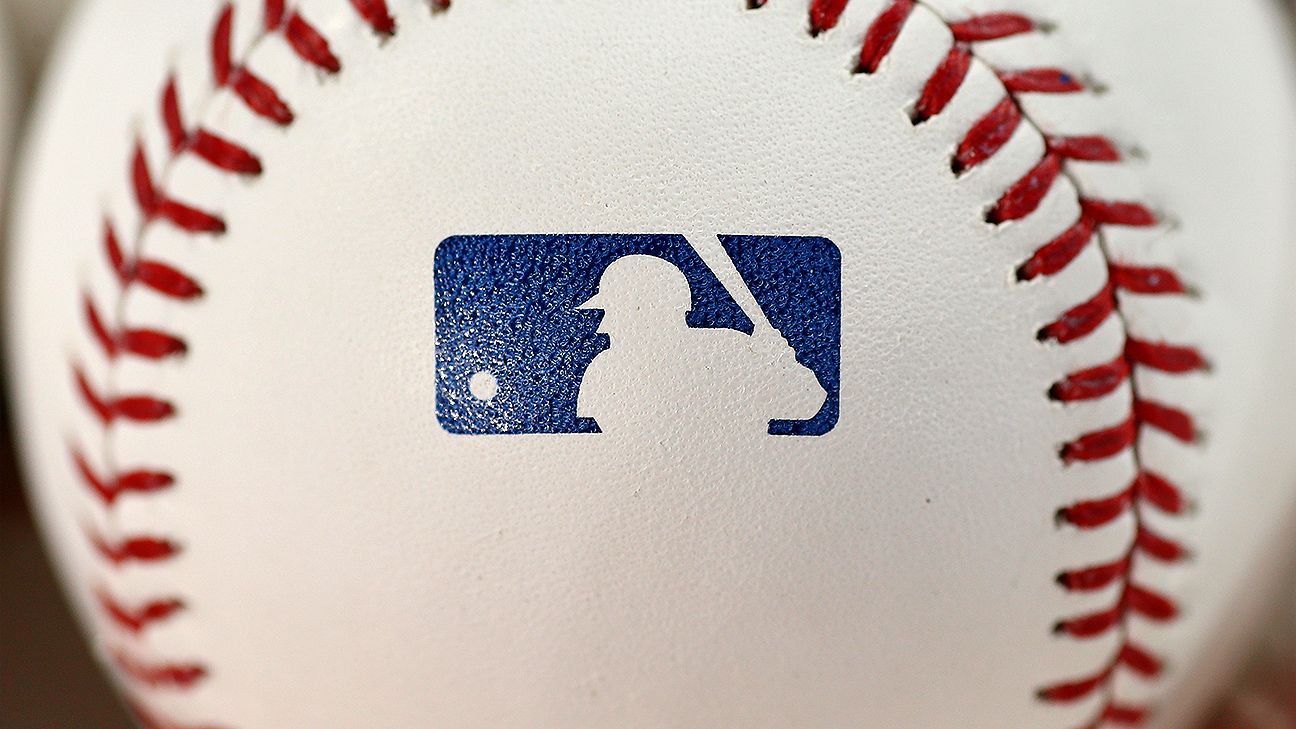A single trade deadline, an All-Star Game election day and a million-dollar bonus for the Home Run Derby winner will be implemented in 2019 — while a three-batter minimum for pitchers and roster expansion will happen in 2020 — as part of a deal Major League Baseball and the MLB Players Association are set to announce Thursday, sources familiar with the agreement told ESPN.
Spurred by labor-relations discord amid a second consecutive free-agent market that has left players disappointed, the mid-collective-bargaining-agreement negotiations represent a step forward between two sides that had squabbled privately and publicly. Perhaps the most important part of the deal isn’t the elimination of August trades, the tweaking of All-Star Game starter selections, the incentives for stars to participate in the derby, the elimination of one-out relievers or the addition of a 26th player next year. It’s the provision that the sides will begin discussing labor issues imminently, far earlier than they typically would with a CBA that doesn’t expire until December 2021.
Those discussions, sources told ESPN, will center on the game’s most fundamental economic tenets — not only free agency but other macro issues with deep consequences. The bargaining over distribution of revenue could be the most difficult gap to bridge, with teams clearly paring back spending on aging players while players chafe at the notion that those 30 and older are no longer worthy of the deals they received in the past. While a compromise could be reached in distributing more money to the younger players whom the current system underpays, the complications of doing so warrant a long runway for discussions.
Other subjects to be broached include the manipulation of service time that keeps the best prospects in the minor leagues to begin a season, the luxury-tax threshold that some believe discourages spending, and the gathering of biometric data that has become commonplace among major league teams. While the incentive is strong to repair fissures in the relationship — and perhaps even extend the current CBA, which guaranteed more than a quarter-century of labor peace amid $10 billion-plus a year in industry revenues — doing so will require significant compromise from both sides. The prospect of division internally in either party is palpable as well, whether it’s players young and old or owners in large markets and small.
There is nevertheless optimism from commissioner Rob Manfred and union executive director Tony Clark after the most recent bargaining ended with a deal. Although the union did not formally accede to the three-batter minimum per pitcher that MLB sought, it agreed not to challenge the league’s plans to implement it in 2020, sources told ESPN. MLB had the same ability to put a pitch clock in place this season but tabled it as part of the deal, according to sources, with the hope that fewer pitching changes — and shorter inning breaks, which are now down to two minutes for local and national games, per the deal — will speed up games.
What will be in place this summer are a single July 31 trade deadline, an election day and, both sides hope, a Home Run Derby with the game’s biggest stars. Deals after the non-waiver deadline made August a hotbed for incremental upgrades by teams, and the union’s hope is that getting rid of them will cause teams to be more aggressive in the offseason knowing that the fallback for August deals no longer is an option.
Though the consequences of the single trade deadline are unknown, the impact of an election day is clear: MLB gives itself a much-needed opportunity to market its players. Fans will vote online for All-Star starters, and the top three vote-getters will take part in a one-day election, which could lead to a bevy of clever electioneering, social-media engagement and displays of personality players rarely show.
It will culminate in an All-Star week that includes a Home Run Derby with $2.5 million in prize money, including $1 million for the winner, according to sources.
The 2020 provisions are likely to have a far greater impact on the field. In addition to the three-batter minimum, regular-season rosters will expand from 25 to 26 players while September rosters will contract to a maximum of 28. A committee between the sides that will study the game is expected to make recommendations on the maximum number of pitchers allowed on the rosters, a source told ESPN. In negotiations, the league proposed 13 during the first five months of the season and 14 in September.
The number of position players pitching could see a significant decrease as well. Under the agreement, players will be designated as position players or pitchers — with the exception of those who throw 20-plus innings and start 20 games in the field or at DH, who will be two-way players. Position players will be allowed to pitch only in extra innings or when their team is ahead or behind by more than seven runs.

